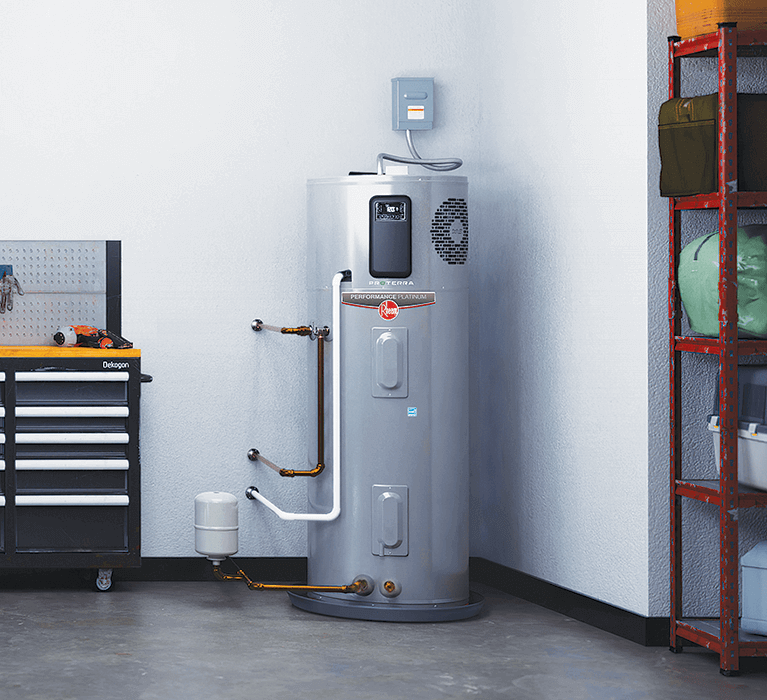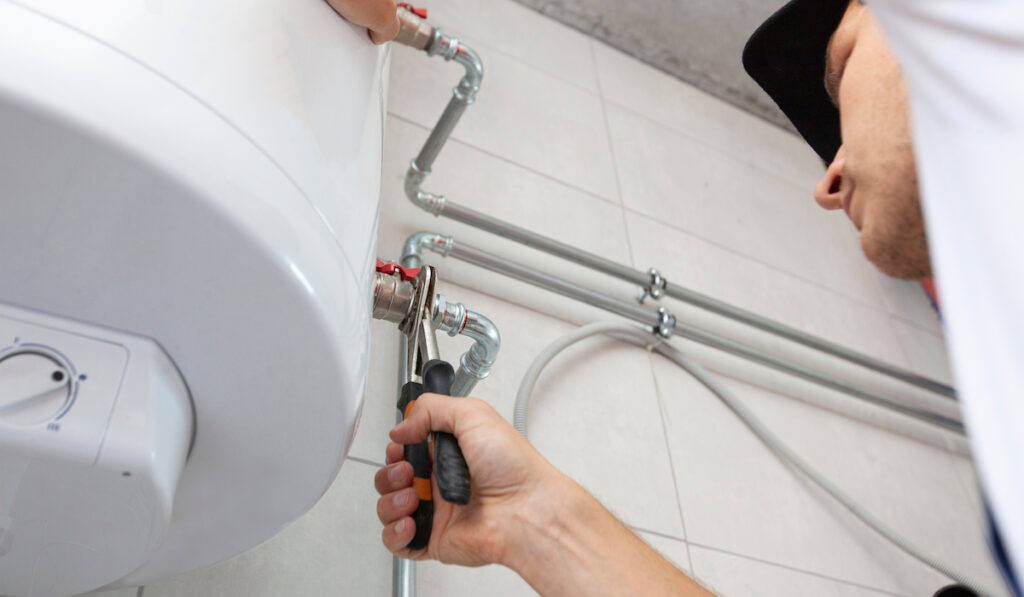Are you currently searching for critical info involving What Kind of Maintenance Do Water Heaters Need??

Warm water is crucial for daily convenience, whether it's for a rejuvenating shower or washing recipes. To guarantee your hot water system runs efficiently and lasts much longer, regular maintenance is key. This write-up offers useful suggestions and insights on how to keep your home's warm water system to prevent interruptions and costly repairs.
Intro
Preserving your home's hot water system may seem complicated, but with a few straightforward actions, you can guarantee it operates smoothly for several years to find. This guide covers everything from understanding your warm water system to DIY maintenance tips and recognizing when to employ expert assistance.
Importance of Preserving Your Hot Water System
Regular upkeep not only extends the life expectancy of your warm water system however also guarantees it runs efficiently. Neglecting upkeep can cause lowered performance, higher energy bills, and also early failure of the system.
Signs Your Warm Water System Requirements Maintenance
Knowing when your warm water system needs focus can stop major concerns. Watch out for indicators such as irregular water temperature, unusual sounds from the heater, or rustic water.
Comprehending Your Hot Water System
Prior to diving into maintenance tasks, it's useful to understand the standard elements of your hot water system. Generally, this consists of the water heater itself, pipes, anode poles, and temperature controls.
Month-to-month Upkeep Tasks
Regular monthly checks can aid catch small problems before they rise.
Flushing the Hot Water Heater
Flushing your water heater gets rid of sediment buildup, enhancing efficiency and lengthening its life.
Checking and Changing Anode Rods
Anode poles avoid corrosion inside the container. Inspecting and changing them when worn out is critical.
Evaluating and Adjusting Temperature Level Setups
Adjusting the temperature level setups guarantees optimum efficiency and security.
DIY Tips for Maintenance
You can perform several upkeep tasks yourself to maintain your hot water system in leading problem.
Checking for Leaks
Regularly inspect pipes and links for leaks, as these can cause water damage and greater costs.
Testing Pressure Relief Valves
Checking the stress relief valve ensures it works correctly and stops too much stress buildup.
Insulating Pipelines
Shielding warm water pipelines decreases warmth loss and can conserve power.
When to Call a Specialist
While DIY maintenance is advantageous, some problems need professional competence.
Facility Issues Requiring Expert Assistance
Examples include significant leaks, electrical issues, or if your hot water heater is continually underperforming.
Routine Specialist Upkeep Benefits
Specialist upkeep can include detailed assessments, tune-ups, and guaranteeing compliance with safety standards.
Conclusion
Normal upkeep of your home's warm water system is necessary for performance, longevity, and cost savings. By adhering to these pointers and recognizing when to seek expert assistance, you can guarantee a reliable supply of warm water without unforeseen disruptions.
How to Maintain an Instant Hot Water Heater
Before tinkering with your hot water heater, make sure that it’s not powered on. You also have to turn off the main circuit breaker and shut off the main gas line to prevent accidents. Also turn off the water valves connected to your unit to prevent water from flowing into and out of the appliance. 2. When you’re done, you have to detach the purge valves’ caps. These look like the letter “T” and are situated on either side of the water valves. Doing so will release any pressure that has accumulated inside the valves while at the same time avoid hot water from shooting out and burning your skin. 3. When the purge valves’ caps are removed, you have to connect your hosing lines to the valves. Your unit should have come with three hoses but if it didn’t, you can purchase these things from any hardware or home repair shops. You can also get them from retail stores that sell water heating systems. Read the user’s manual and follow it to complete this task properly. When the hosing lines are connected, open the purge port’s valves. 4. You should never use harsh chemical cleaners or solutions when cleaning your unit. Make use of white vinegar instead. It should be undiluted and you’ll probably use about 2 gallons. 5. Now flush your water heater. This task should probably take about 40 minutes. We can’t give you specific directions for this because the procedure is carried out depending on the type, model and brand of your heater. With that being said, refer to the user’s manual. 6. When you’re done draining the unit, you have to turn off the purge port valves again. Remove the hosing lines that you earlier installed on each of the water valves. Put the valve caps (purge port) back in their respective places and be very careful so as not to damage the rubber discs that are found inside these caps. 7. Now that everything’s back in place, check your user’s manual again to find out how to reactivate your water heating system. 8. Once it is working, turn one of your hot water faucets on just to let air pass through the heater’s water supply pipes. Leave the tap on until water flows smoothly out of it. https://www.orrplumbing.com/blog/2014/september/how-to-maintain-an-instant-hot-water-heater/

I was guided to that editorial about Tips on Maintaining a Water Heater from an acquaintance on another website. You should pause to distribute this blog entry if you enjoyed it. Thank you for being here. Revisit us soon.
Details Here